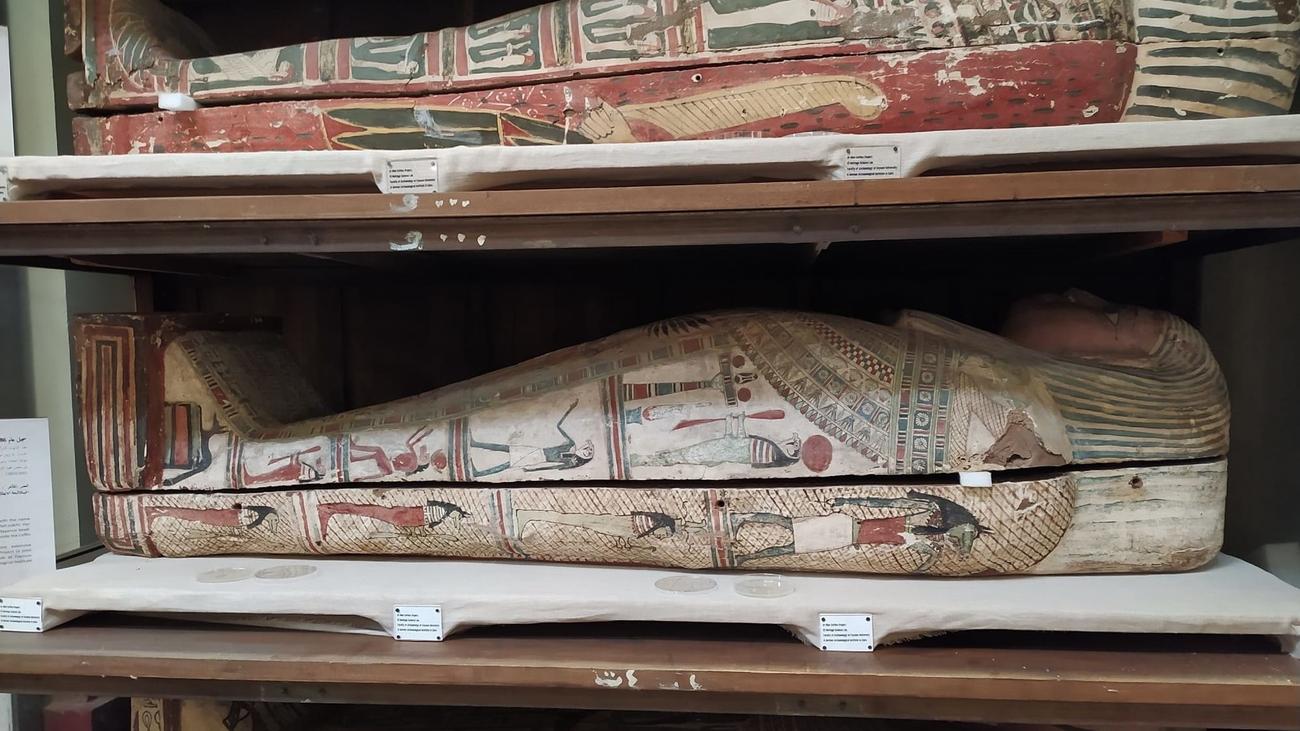
Aromatic Insights into the Scent of Ancient Egyptian Mummies
Unlocking the Olfactory Enigma of Ancient Embalming
For centuries, the allure of ancient Egyptian mummies has captivated the imaginations of scholars and the general public alike. Beyond their enigmatic presence and intriguing histories, these preserved bodies have also emitted a distinctive aroma that has remained largely unexplored scientifically.
A groundbreaking study, led by Emma Paolin from University College London (UCL) and the University of Ljubljana, has shed unprecedented light on the olfactory characteristics of ancient mummies. The research team analyzed nine human mummies from the Egyptian Museum in Cairo, predominantly dating back to the 1st and 2nd millennia BC, employing a combination of analytical techniques.
The Symphony of Scents
To capture the elusive aromas emanating from these ancient remains, the researchers employed a unique approach that combined chemical analysis with human olfaction. A panel of trained "sniffers" meticulously described the odors, assessing their intensity, pleasantness, and character.
Strikingly, the most prevalent odor profile was "woody," with its warm and resinous notes. This was followed by "spicy," evoking aromatic spices such as cinnamon and clove. "Sweet" scents were also detected, hinting at the use of fragrances or embalming oils. However, some mummies exhibited more pungent odors, described as "rancid" or "spoiled," indicative of microbial activity or decay.
Chemical Unraveling
Beyond olfactory perceptions, the team also meticulously analyzed the chemical composition of the odor molecules using advanced analytical techniques such as gas chromatography and mass spectrometry. This enabled them to determine the origin of these components, whether they stemmed from embalming agents, microorganisms, or environmental factors.
The Art of Ancient Embalming
In ancient Egypt, the preservation of bodies was not merely a physical process but also a sacred ritual aimed at ensuring the deceased’s safe passage into the afterlife. Embalming practices involved a meticulous blend of techniques and materials.
As documented in ancient texts and archaeological evidence, embalmers utilized a range of oils and resins derived from plants such as pine, cedar, and juniper. These substances were believed to possess preservative and aromatic properties, intended to protect the body from decay and endow it with a pleasant scent.
Museums Reimagined: Engaging the Senses
The findings from this groundbreaking study have far-reaching implications for the presentation and interpretation of mummies in museums and cultural institutions. By incorporating olfactory experiences into their exhibitions, museums can offer visitors a more immersive and evocative encounter with these ancient wonders.
Conclusion
Through a harmonious blend of analytical science and human perception, this study has unlocked the aromatic secrets of ancient Egyptian mummies. The nuanced scents they exude provide invaluable insights into the ancient embalming practices, the materials used, and the enduring legacy of these enigmatic beings.
As museums embrace these olfactory discoveries, visitors will have the opportunity to engage with mummies not only visually but also through their sense of smell, enriching their understanding of these ancient civilizations and their profound reverence for the afterlife.
